By Christopher Miskimon
On November 17, 1915, Major Smedley Butler and a small force of U.S. Marines approached the old French bastion of Fort Riviere in Haiti. A group of rebels known as Cacos had taken refuge there, and Butler was sent to weed them out. Part of the 100-man Marine contingent crept close to the rundown fort and surrounded it to prevent the enemy’s escape, while another group made ready to attack the fort itself. After the Americans had moved into place, Butler blew a whistle to begin the attack. The Cacos were taken by surprise. Butler and a small force rushed the fort’s wall and found a small tunnel that led inside. Two Marines, Sergeant Ross Iams and Private Sam Gross, bayonets affixed to their Model 1903 Springfield rifles, joined Butler in leading the way into Fort Riviere. Once inside the fort’s crumbling walls, they quickly found themselves under desperate attack by the Cacos, who were armed with machetes and clubs.
Iams and Gross fought off the Cacos with their Springfields and continued to use their rifles to good effect even after the fighting evolved into a wild melee of hand-to-hand combat. Together, the three Marines opened the way for the capture of the fort and the destruction of the Caco force. For their bravery, the three would be awarded the Medal of Honor. For Butler, it would be his second Medal of Honor.

The Model 1903 Springfield rifle the Marines carried that day began its life as the United States took its first steps onto the world stage at the beginning of the 20th century. The United States had just completed a war with Spain, a victory that handed the Americans a set of overseas possessions including Cuba, Puerto Rico, and the Philippines. The rifle American soldiers carried in that conflict was the Krag-Jorgenson, the first bolt-action repeating rifle to become general issue to the Army. The Krag had done its job, but it also had shortcomings. Its cartridge, the .30-40, lacked power and range compared to that of the German-designed Mauser rifles used by the Spanish. Krags also had to be loaded one cartridge at a time, while Mausers could be quickly loaded with five rounds connected by a stripper clip, giving Mauser shooters a higher overall rate of fire. The German rifle was fast becoming the world standard; in the event of another war, the United States could easily find its soldiers outgunned.
Research began quickly, and by 1900 the first prototype for the Krag’s replacement was being tested at the Springfield Armory in Massachusetts, then the country’s primary facility for the research and production of small arms. Several revisions ensued as part of the testing process, but by 1902 examples were being field-tested at Forts Riley and Leavenworth, Kansas. Reviews were overwhelmingly favorable, and on June 19, 1903, the weapon was officially adopted as “United States Magazine Rifle, Model of 1903, Caliber .30.” Whatever the formal nomenclature, it would forever be known as the 03 Springfield. The Armory ceased production of the Krag and began cranking out the new rifle at the initial rate of 225 per day, with more than 30,000 produced the first year alone.
Over the next few years, numerous alterations were made to the basic rifle, but they were essentially refinements to the weapon’s already solid design. One of the more significant changes involved its bayonet. The first models had what was called a rod bayonet, a thin pointed rod with no blade that fit into a slot under the barrel. It gained an enemy in President Theodore Roosevelt, an enthusiastic firearms hobbyist. One day, while meeting with a British general named Frazier in the White House, the subject of the new rifle and its bayonet came up. Roosevelt sent for the U.S. Army’s chief of ordnance, General William Crozier, instructing him to bring both a 1903 Springfield with a rod bayonet and a Krag with its more conventional blade bayonet.
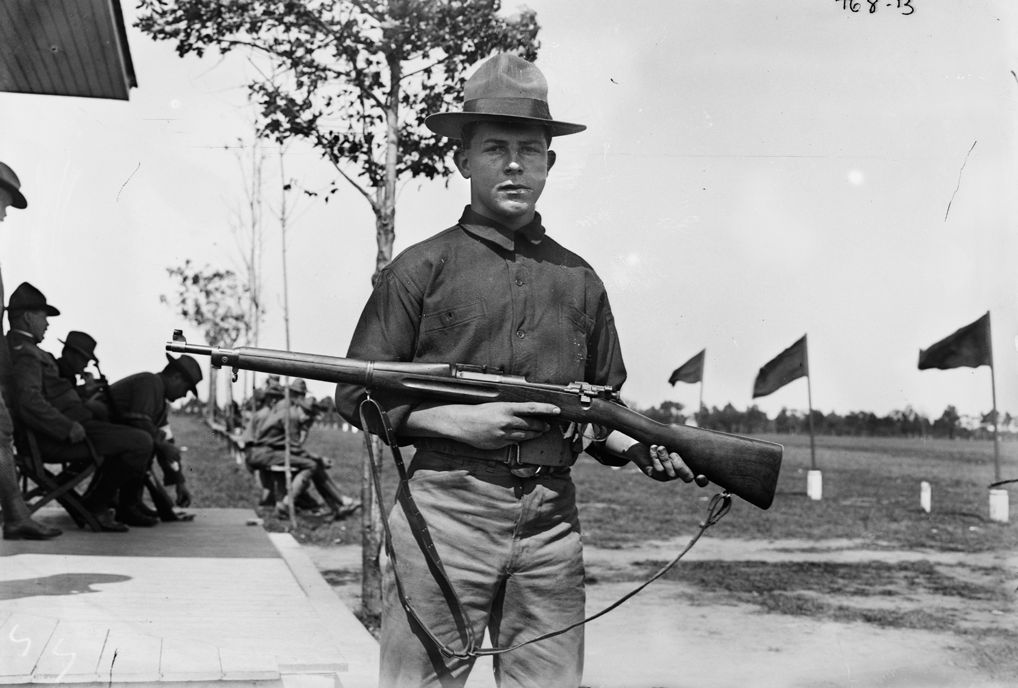
Once in the Oval Office, Roosevelt asked Crozier if the rod bayonet was as strong as the blade type. When Crozier replied that it was, he was told to take the Springfield while the president picked up the Krag. With bayonets attached, Crozier took up a guard position while Roosevelt practiced a few moves with his Krag. Suddenly he spun and with a single blow broke the Springfield’s rod bayonet in two. General Frazier was impressed. Roosevelt wrote a letter expressing his disapproval of the bayonet, which resulted in the stoppage of production while the Springfield was modified to accept a blade bayonet. Most of the weapons equipped with rod bayonets were also converted, making unaltered Springfields a highly prized collector’s item today.
The other major change was in the weapon’s cartridge. The initial ammunition used in the Springfield was known as the “.30-03,” launching a round-nosed bullet. An improved cartridge was introduced in 1906 with a pointed “spitzer” bullet that was faster and lighter. This was the now famous “.30-06” still in use today. The improved cartridge made the 03 Springfield a world class rifle, the equal of any weapon then in service.
Unfortunately, it was a little too equal to its contemporary, the German Mauser, even with the .30-03 cartridge. By mid-1904, comparisons were being made between the two rifles that pointed to patent infringements made by the United States. The American government made the first gesture with a letter to Mauser asking for a meeting to discuss any infringements concerning the Springfield’s stripper clip, the five-round device used to reload the rifle from the top. An agreement was made for Mauser to examine the Springfield and its clip to determine if there were indeed violations of the patents. A month later, the German representative reported that there were two violations involving the clip and five concerning the rifle itself.
After months of haggling, the cost to the American government was fixed at 75 cents per rifle, along with another 50 cents for each 1,000 clips produced. Payments would cease at $200,000. Another patent infringement case was brought in 1907 by the German ammunition maker who developed the spitzer bullet. This time, the U.S. government denied any violations. The German company brought suit just days before the beginning of World War I in 1914. When the United States entered the war in 1917, the case was thrown out and the existing patent seized. After the war, in 1920, the Germans renewed their case. An American court found that the seizure of the German patent violated an existing treaty, costing the American government another $412,000. American soldiers had an excellent rifle, but it had cost their government an extra $612,000 to provide it.
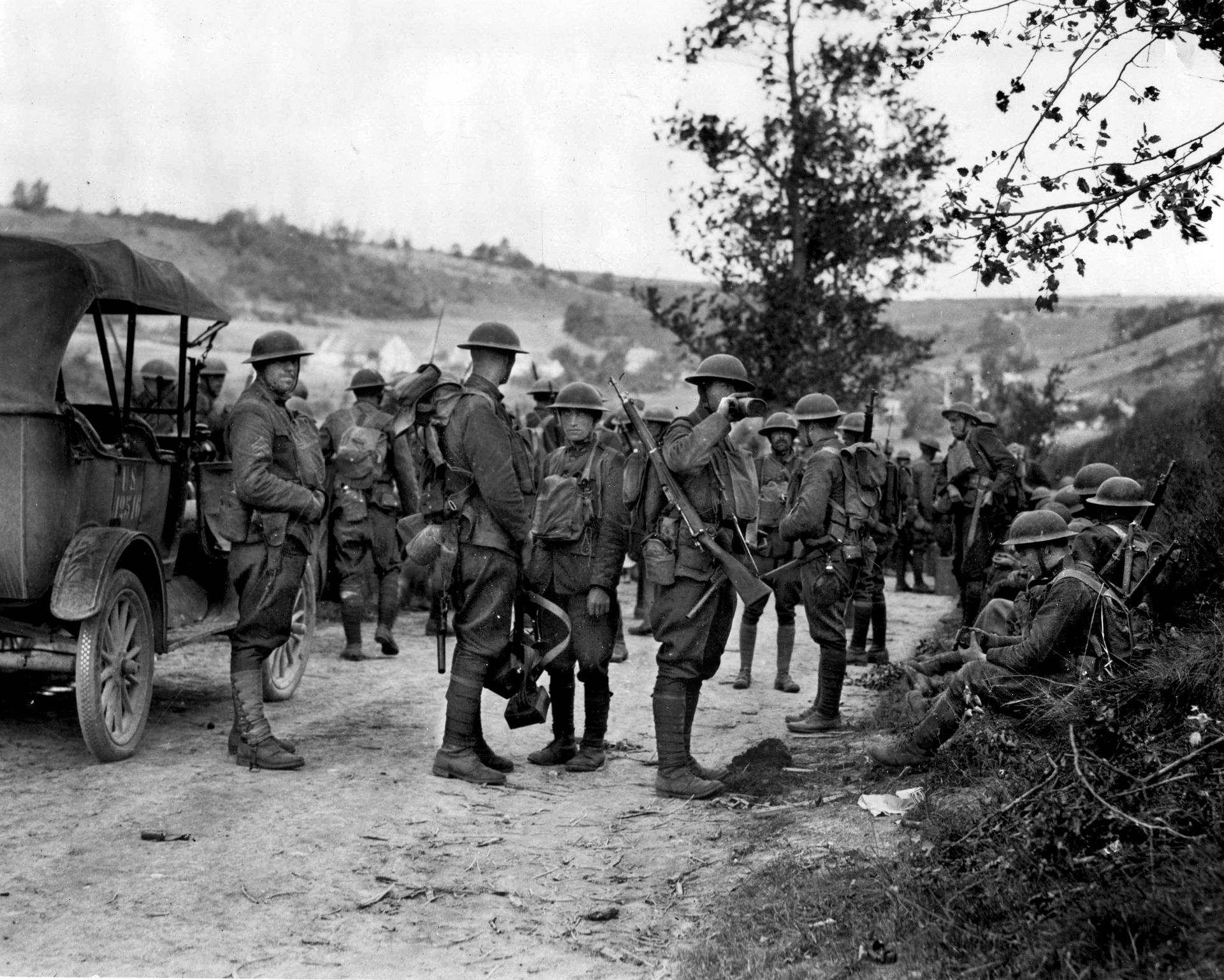
While the suits went on for decades, the Springfield’s introduction to combat was nearly immediate. During the Philippines Insurrection, the new rifle replaced both the Krag and the few older single-shot “trapdoor” Springfields still in use. The Moro warriors American troops were fighting had a reputation for being tough fighters who could absorb numerous bullets before dying. The new Springfield quickly became popular with troops for its stopping power and ability to be loaded via clip. Springfields also saw use in the American landings at Vera Cruz in 1914 and the punitive expedition against Mexican bandit Pancho Villa in 1916.
World War I was the next major conflict for the Springfield. Production was expanded to meet the massive number of new troops being called into service, but still fell far short of need. As a stopgap measure, an Americanized version of the British Model 1914 rifle was adopted as the Model 1917, popularly called the Enfield. The Enfields, although classified as a “substitute standard,” were manufactured in far greater numbers than the Springfields. By war’s end, three Doughboys were carrying Enfields for every one with a Springfield. This included Sergeant Alvin York, who carried an Enfield during his famous action in the Meuse-Argonne offensive that earned him the Medal of Honor. Still, the 1903 Springfield remained the standard rifle for the U.S. Army, both during and after the war.
Despite its relatively lesser use compared to the Enfield, the Springfield received a number of technical innovations during World War I. One was the addition of optical sights, or scopes. The most unusual adaptation was the Pederson Device, a mechanism that replaced the bolt on the 03 rifle, converting it into a semiautomatic weapon firing a lower powered cartridge from a detachable 40-round magazine. In theory it would dramatically increase the soldier’s short-range firepower for trench fighting and assaults. Doughboys could use their weapon normally until close combat loomed, then with a simple switch of the bolt, they had an automatic rifle that fired as fast as they could squeeze the trigger. This was one of a number of ideas to break the deadlock of the trenches. Had the war continued they would have been used in the spring 1919 offensive, but luckily the war ended before such a massive and costly undertaking proved necessary.
In the end, only about 65,000 of the devices were built and wound up being stored in depots until 1931, when the government ordered them destroyed to keep them from falling into the hands of criminals. Most of them were burned, although the devices stored at San Antonio, Texas, reportedly were broken up and scattered in freshly poured sidewalks to reinforce the concrete. A few survive in private collections and museums, some of them still bearing scorch marks.
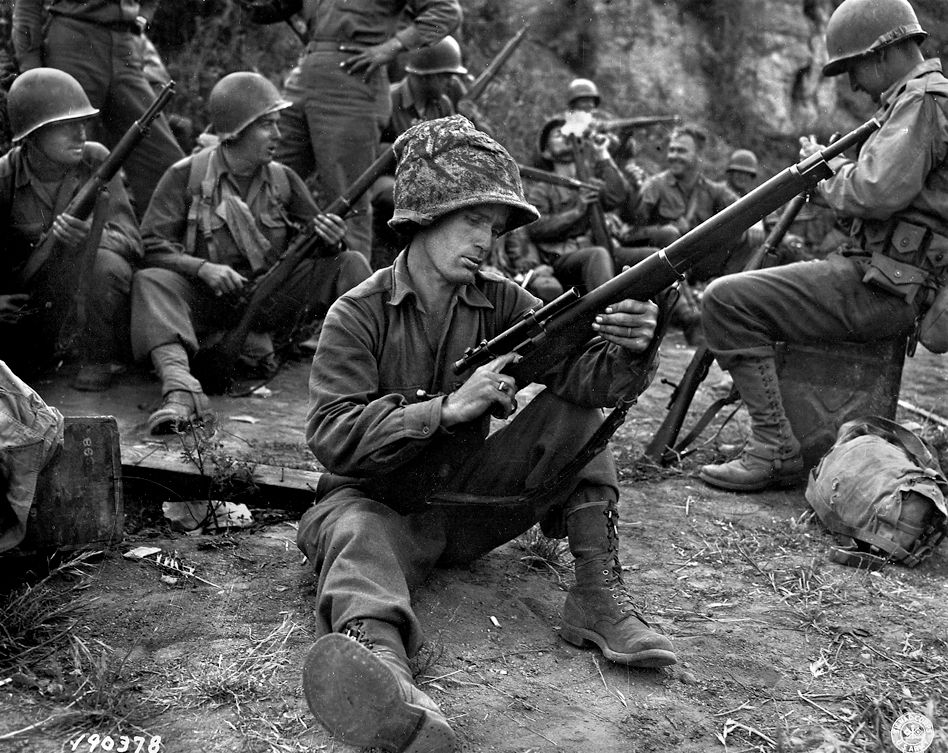
Between the world wars, the Springfield remained in low-level production along with spare parts to keep the existing rifles operable. American soldiers and Marines carried them in the various small conflicts the United States became involved in during the 1920s and 1930s, such as the interventions in Haiti and the Dominican Republic. By the mid-1930s, however, the Army was looking toward the future. John Garand, an employee of the Springfield Armory, had developed a new semiautomatic rifle, the M1, that could fire eight rounds as fast as one could squeeze the trigger, providing a substantial increase in firepower. With the United States still in the throes of the Great Depression, there was little money for large-scale production of the M1, so the 03 Springfield soldiered on as the country’s primary service arm.
World War II changed all that. Once the United States entered the war in December 1941, the Garand began large-scale production at a number of different companies and quickly established its stellar reputation among GIs. Although it would seem the 03 Springfield’s days were over, the venerable rifle still had service to give. Garand rifles were in short supply for the first months of the war. The Marines who fought at Wake Island and Guadalcanal and the soldiers who struggled in the Philippines carried Springfields, although a few M1s apparently made it to Guadalcanal. When GIs went ashore in North Africa in November 1942, many still had 03s slung over their shoulders. Initially, the M1 did not have the capability to fire rifle grenades, and one soldier in an infantry squad often carried a Springfield with the necessary accessories.
The Springfield was kept in large-scale production, with some modifications to simplify manufacturing. This was the M1903A3 Springfield, commonly known today as the “03A3” to collectors and historians. The rifles were made by the Remington Arms company and the Smith Corona Typewriter company, freeing other facilities to produce the M1 and other more modern designs. Together, the two firms made over 1.3 million 03s before production halted.
Springfield rifles were also distributed liberally to Allied troops. After Operation Torch in 1942, Free French forces began to add their numbers to the Allied forces. It made logistical sense to give the French and colonial troops American weapons since their own equipment came from now occupied territory. The 03s were part of the aid package, and many can be seen in photographs being carried by North African colonial soldiers. Some New Zealand troops carried Springfields as well.
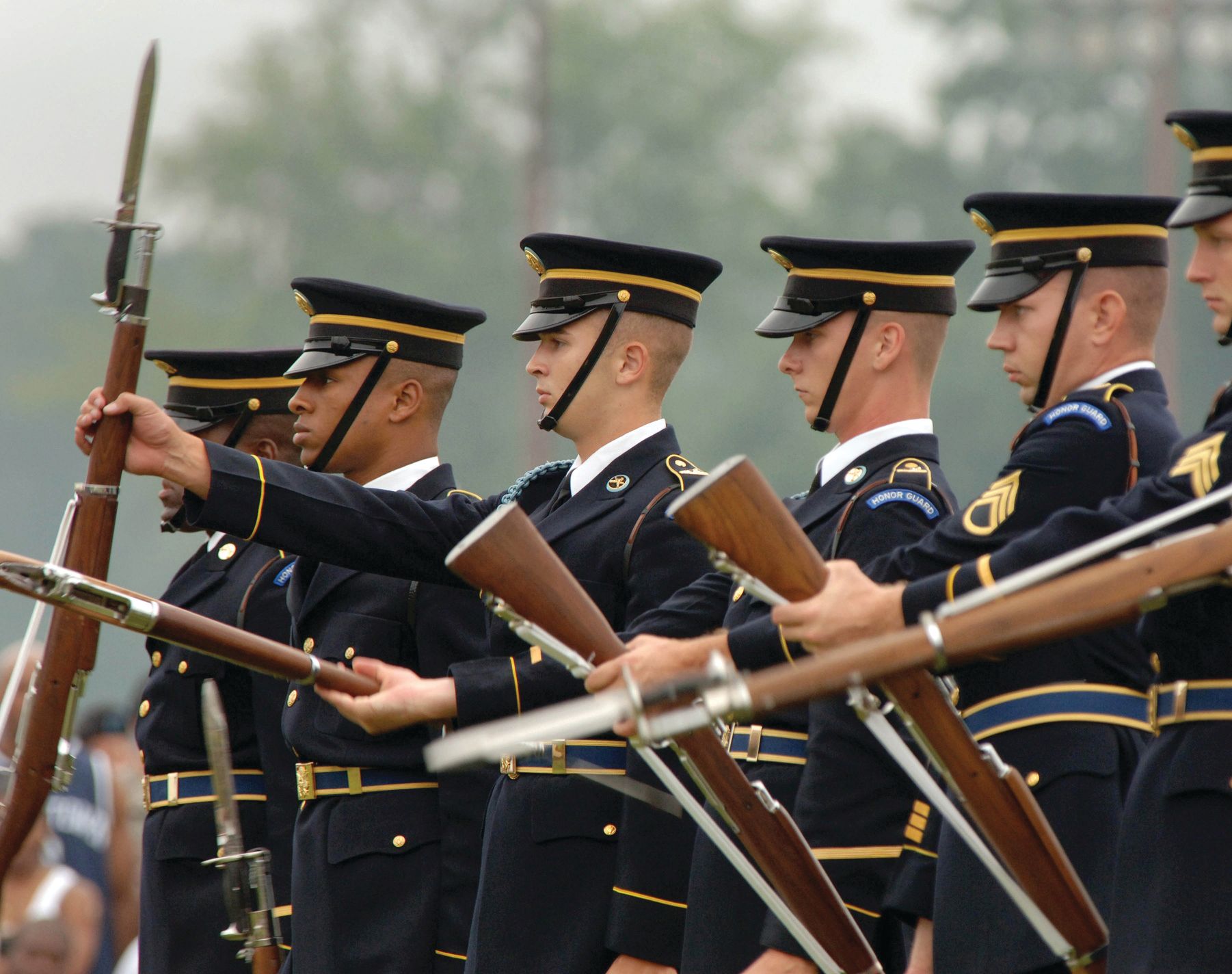
Another well-known World War II use for the aging 03 was as a sniper rifle. Snipers do not normally engage in rapid fire, so the bolt-action design was not a detriment to them, and both sniper and target versions of the rifle had existed since before World War I. New scopes were fitted to the weapon along with other minor changes to make it more serviceable in the sniping role. This version was designated the M1903A4 and is much sought after by collectors today.
After the war ended, the Springfield’s days as a service rifle were over, though it did continue as a “Limited Standard” sniper’s rifle alongside a sniper version of the M1. When the Korean War began in 1950, some of the rifles were hauled out of storage and issued to soldiers. Likewise, a handful went to Vietnam in the early 1960s. While service was limited, the technical manual for the M1903A4 was still being printed by the Army as late as 1970. Thus, the Model 1903 Springfield saw service in every conflict the United States was involved in during the first seven decades of the 20th century except the Boxer Rebellion of 1900.
With their official military use concluded except as a sniper rifle, Springfields were distributed overseas under various military assistance programs, while inside the United States they were declared surplus and thousands were sold under the auspices of the Director of Civilian Marksmanship (DCM), a government organization that sells obsolete military rifles to qualified target shooters. Many of the Springfields that were sent abroad eventually were re-imported for civilian sale. Although many were in poor condition, the 1998 movie Saving Private Ryan (in which a M1903A4 is used to great effect by an American sniper) sparked renewed interest in the Springfield.
The 03 Springfield remains one of the most famous rifles in American military history. Three generations of soldiers and Marines carried it from 1903 to the 1960s, longer than any other service rifle to date, earning the weapon a well-deserved place in the pantheon of great American military rifles.
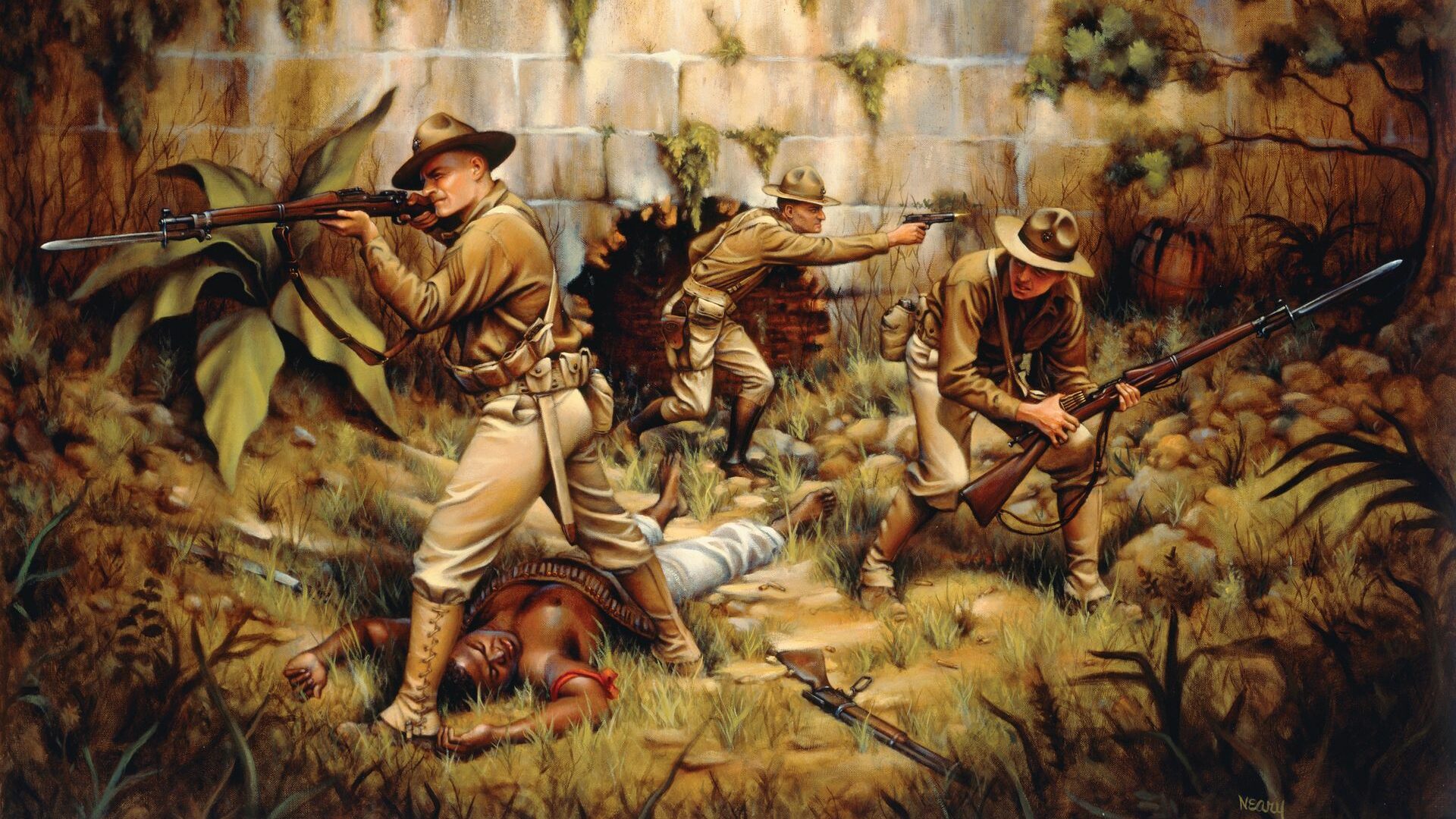
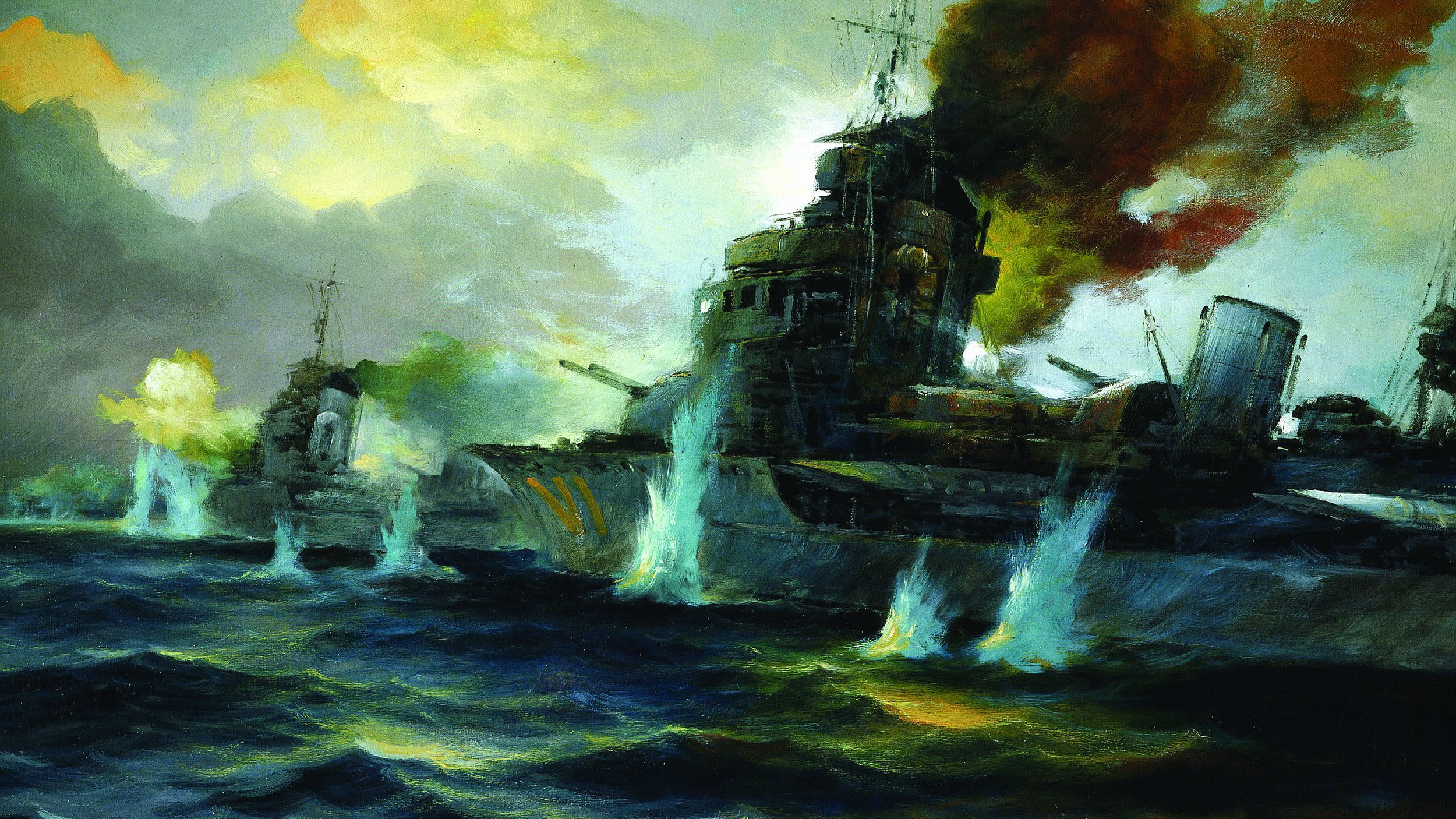
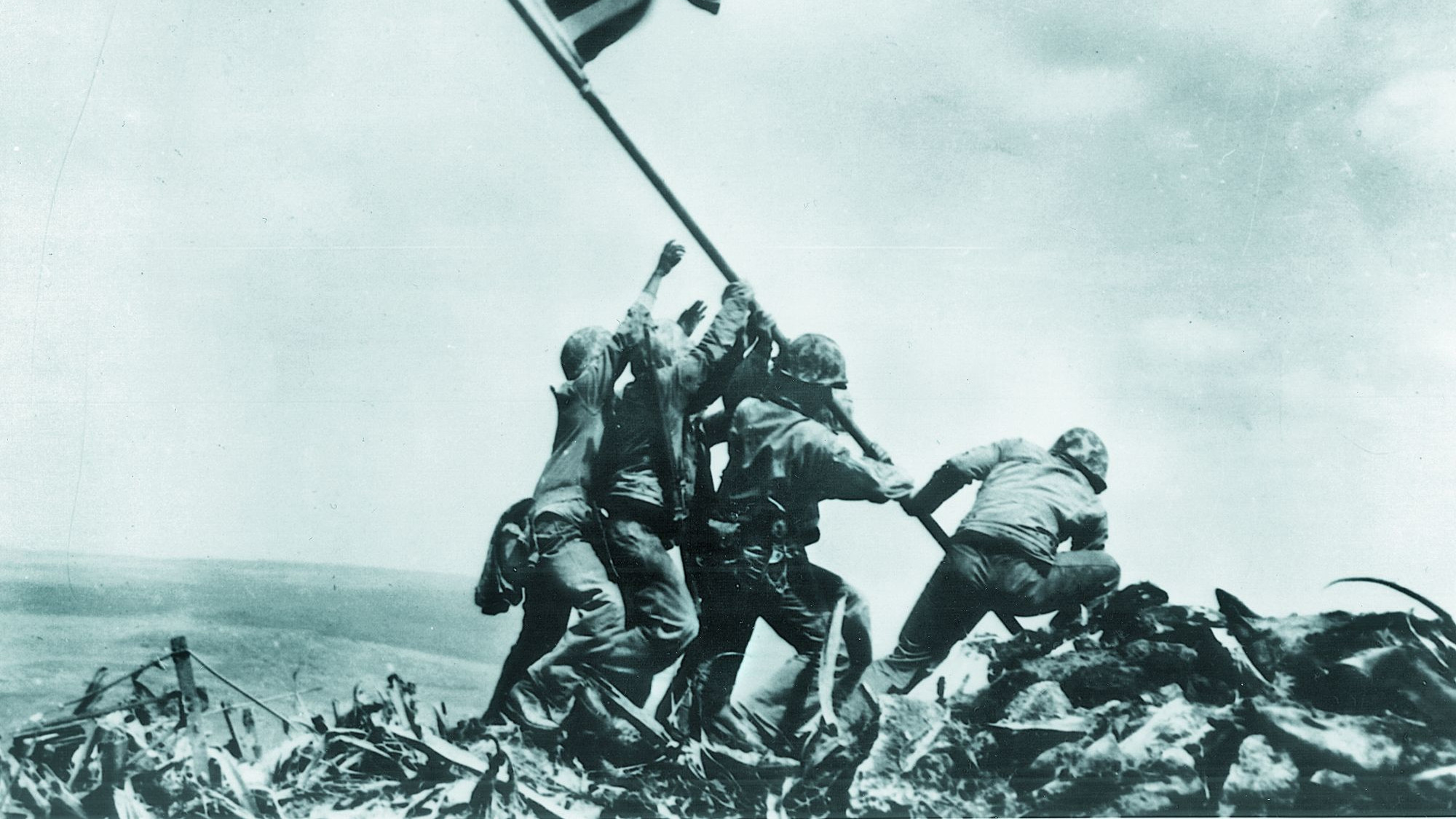

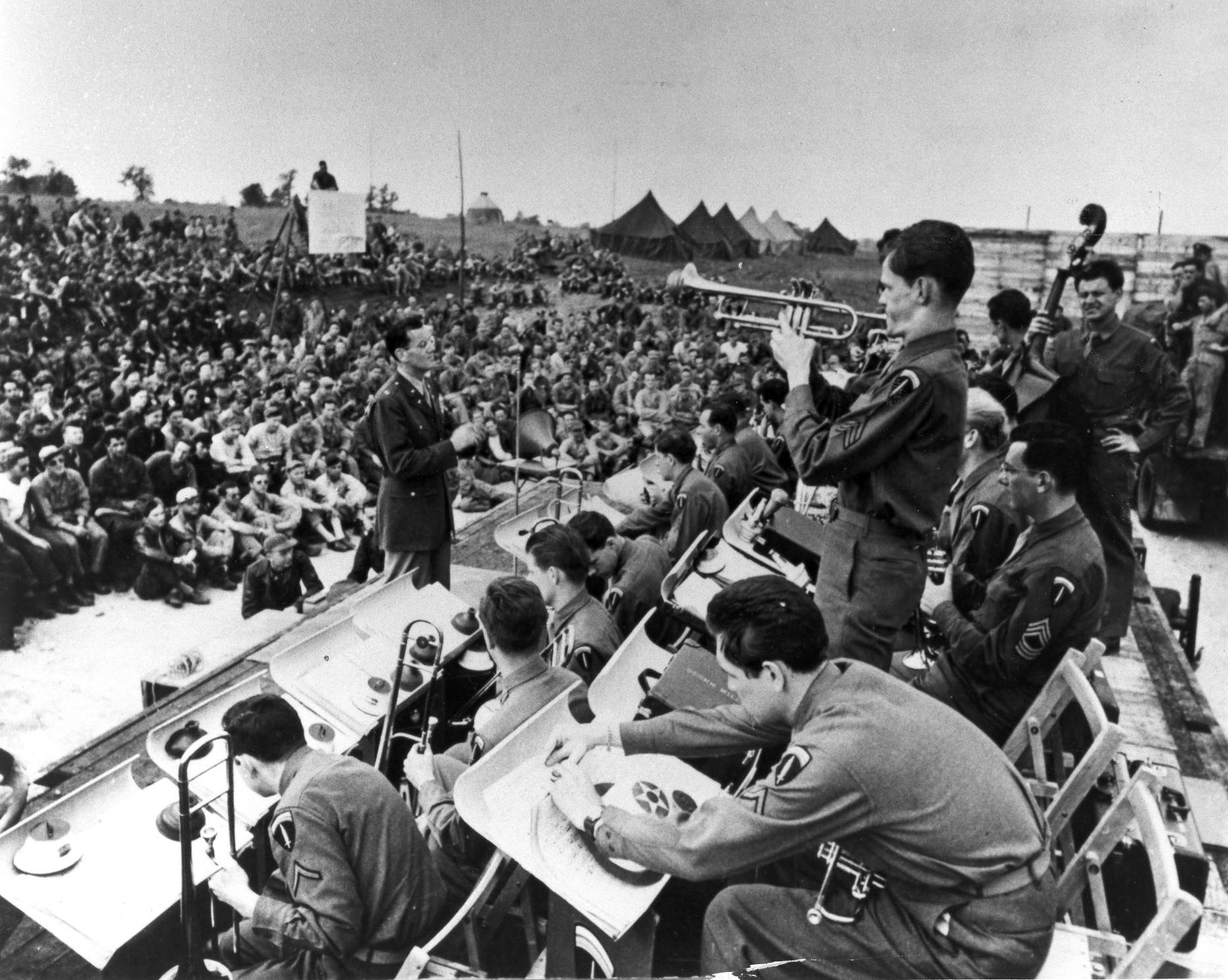
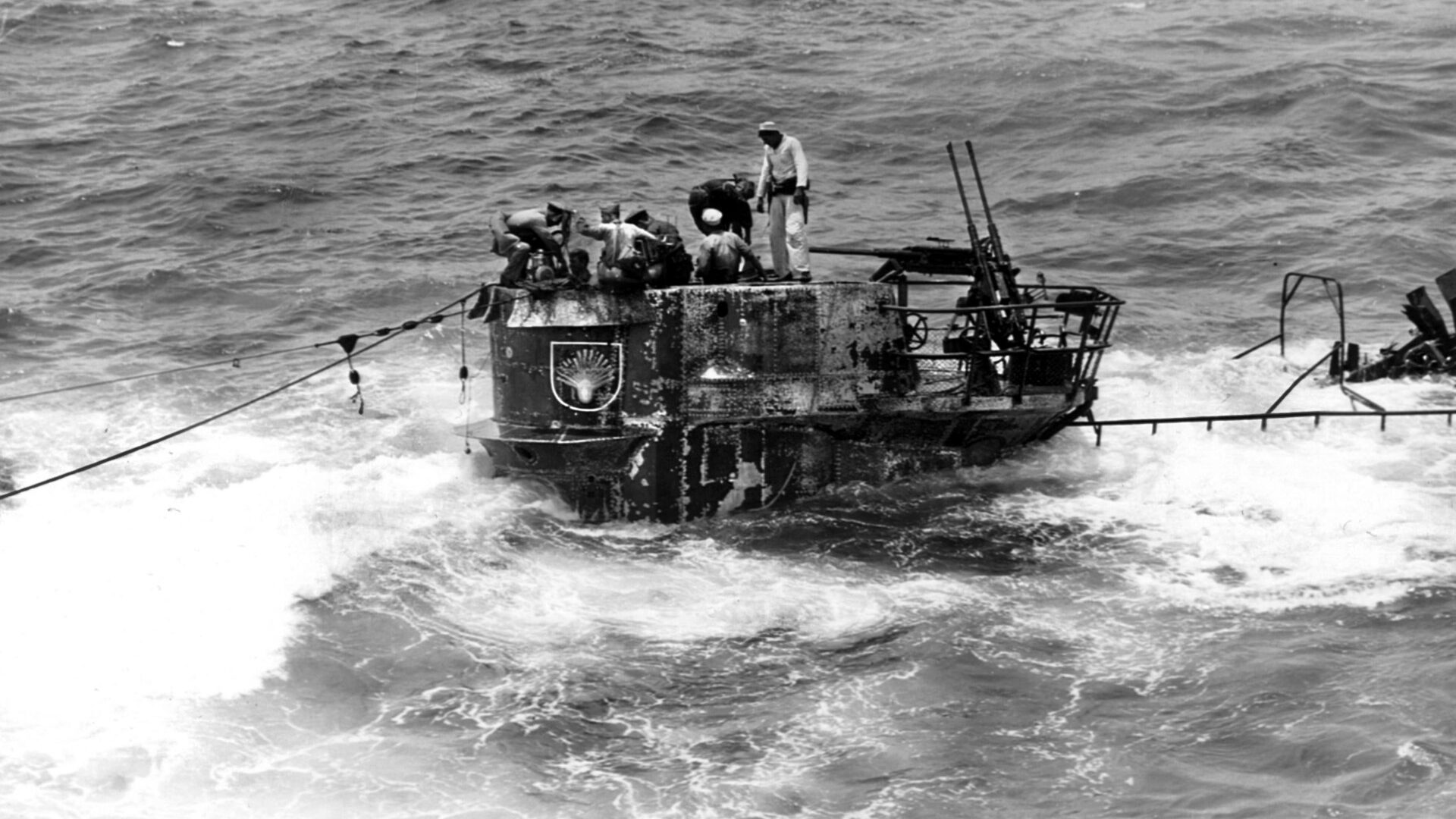
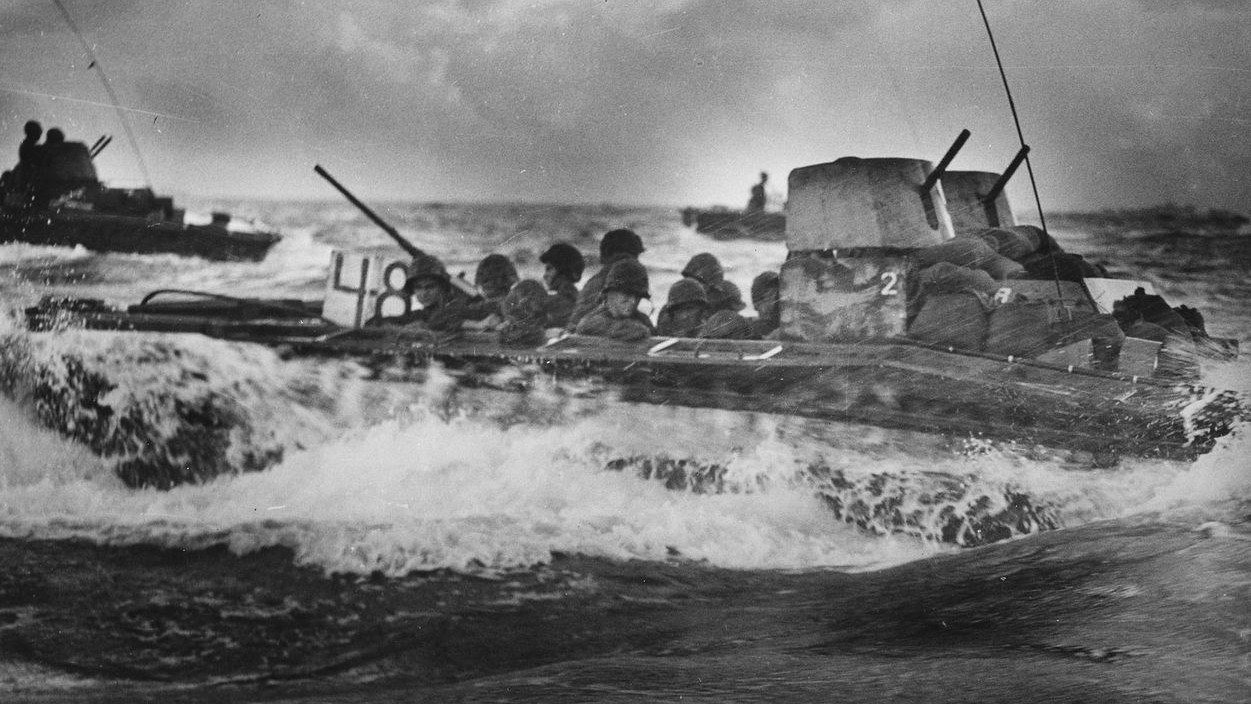
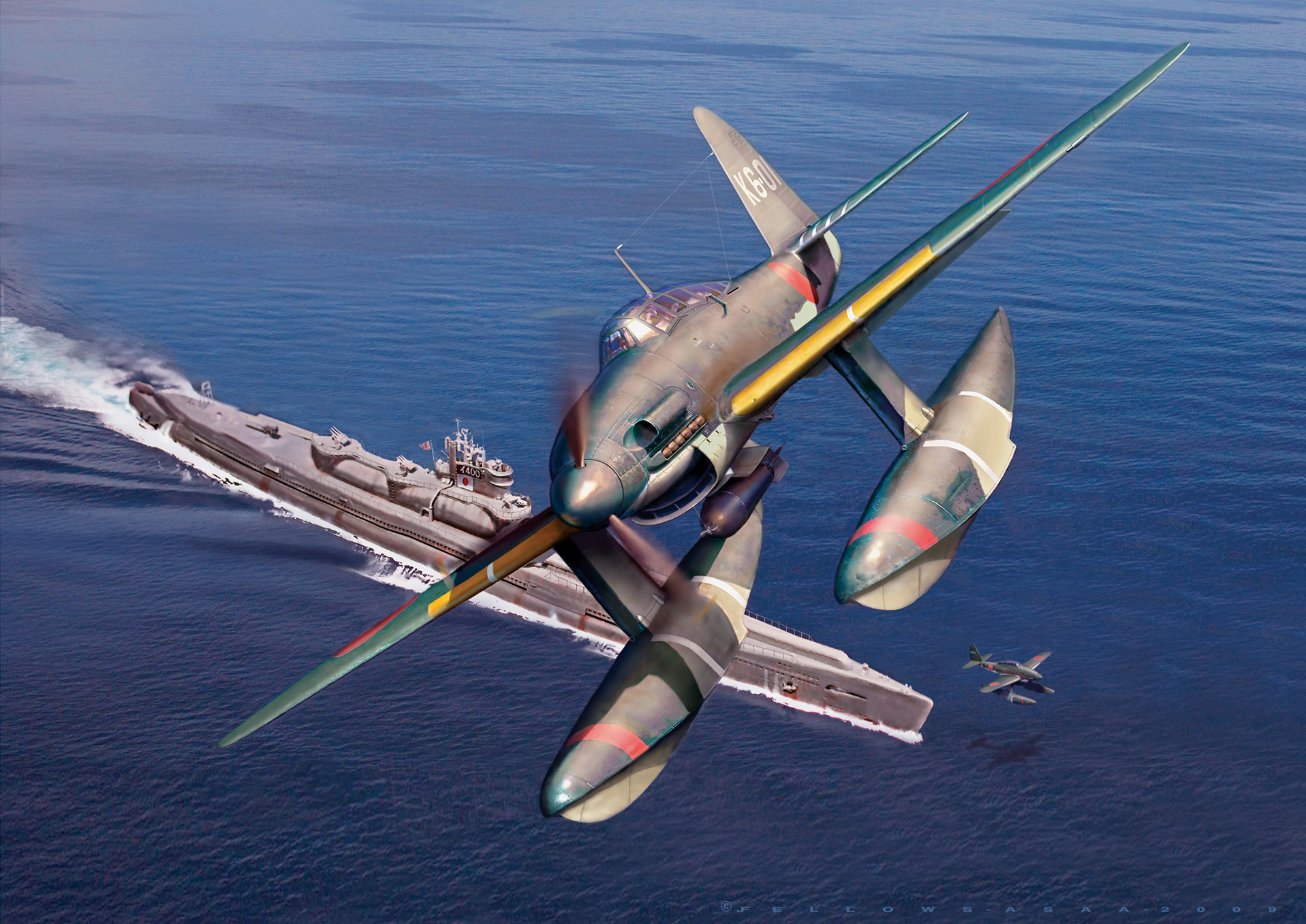
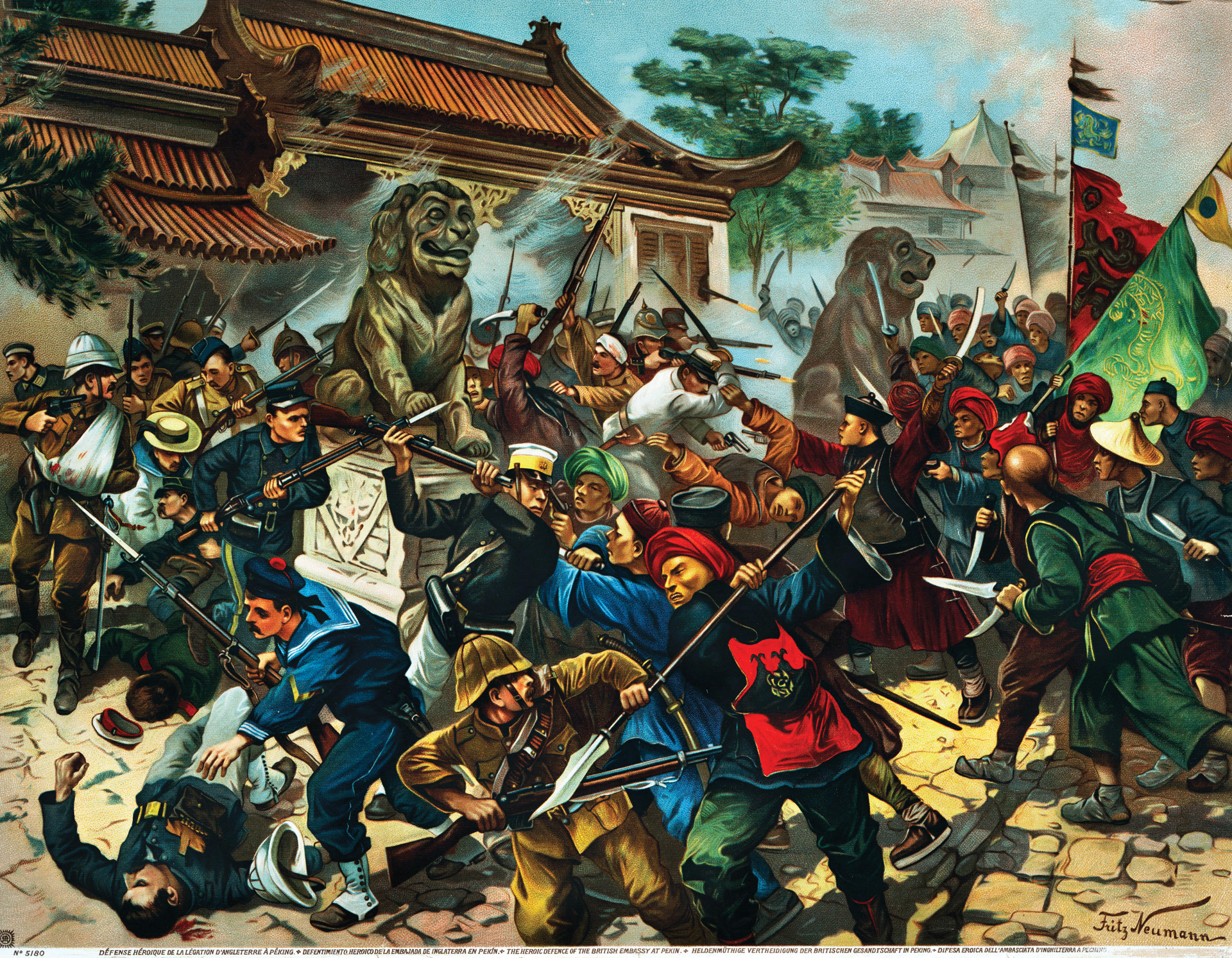
Join The Conversation
Comments
View All Comments